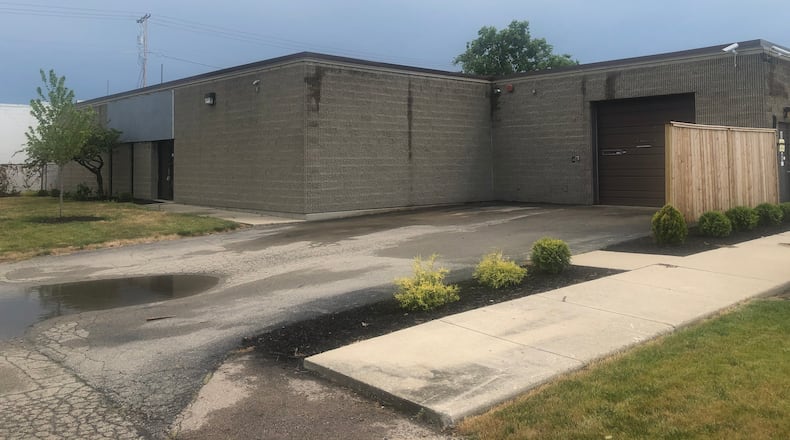Montgomery vacated the BZA’s June 2019 decision after concluding that the board did not have evidence that the conditions of the property are unique and compliance with the code would cause unnecessary hardship for the applicant.
A sign went up this week outside the property advertising it for lease.
Last summer, the BZA approved Adam Dwyer’s variance request to allow him to install a cremation oven in a garage space on the Lindorph Drive property.
Dwyer planned to incinerate human remains for funeral homes. Adam Dwyer Funeral Trade Inc. purchased the property for $175,000 in the summer of 2019.
Dwyer’s property is zoned I-1 light industrial, which does not permit crematories. Dwyer argued that his property is very close to property zoned I-2, which allows their use.
Dwyer’s property is near property owned by Norwood Medical, a large medical device manufacturer with eight facilities on a nearby, roughly 40-acre campus.
Norwood Medical opposed the variance request, saying it feared a cremation oven would cause pollution and bad smells that threaten its operations, which include the production of sterile medical equipment.
Dwyer and industry consultants testified that the cremation oven technology is state-of-the-art and does not emit smoke or odors. They also said Dwyer would perform cremations in fairly low volumes.
The BZA approved his request, but Norwood Medical filed an administrative appeal challenging the decision.
Dayton’s zoning code says that the BZA can grant variance requests if strict compliance with the code will create “unnecessary hardship” on the applicants, according to court and city documents.
In this case, the applicant needed to show that the variance request stems from a condition that is unique to the property and that is not ordinarily found in the same zone or district, according to Judge Montgomery’s ruling.
But the court saw no evidence that using Dwyer’s property for another permitted use would not be economically feasible because of its “unique” conditions or characteristics, Montgomery said.
Also, no evidence was presented that indicated Dwyer’s building or the lot it sits on are unique and not ordinarily found in this type of zoning district, she said.
Montgomery also said the board had no evidence to conclude that the property’s close proximity to a different zoning district — one that permits crematoriums — made it unique.
About the Author

